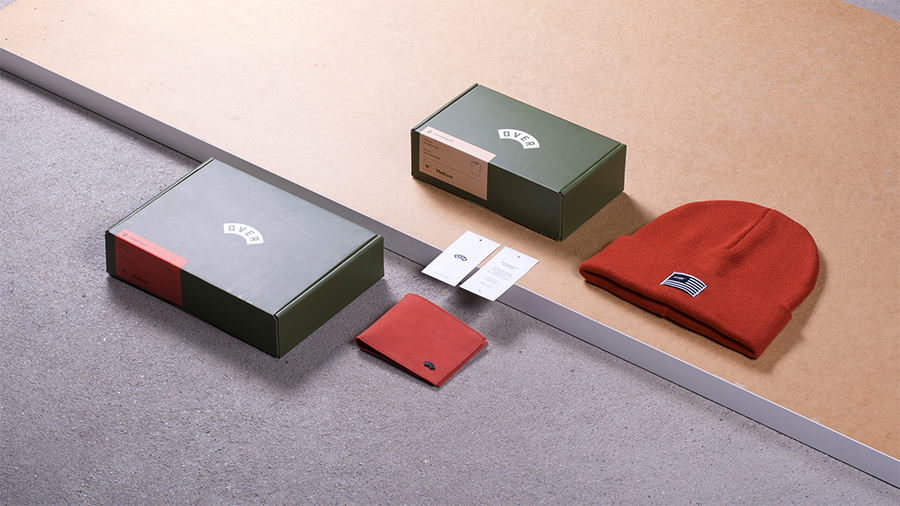Sustainable design is the philosophy of designing physical objects, the built environment, and services to comply with the principles of social, economic, and ecological sustainability.
The intention of sustainable design is to “eliminate negative environmental impact completely through skillful, sensitive design”. Manifestations of sustainable design require renewable resources, impact the environment minimally, and connect people with the natural environment.
Great design is sustainable design: Rather than considering green building design as an externality, architects must think about it as a set of principles for great design. This includes better user experience and comfort, doing more with less to enable the building to easily achieve peak performance, and maximizing the effectives of durable, quality materials. Rather than the well-known edict “form follows function,” it’s time to think “form follows environment.”
Beyond the “elimination of negative environmental impact”, sustainable design must create projects that are meaningful innovations that can shift behaviour. A dynamic balance between economy and society, intended to generate long-term relationships between user and object/service and finally to be respectful and mindful of the environmental and social differences.

Clothing can and has in history been made from a very wide variety of materials. Materials have ranged from leather and furs, to woven materials, to elaborate and exotic natural and synthetic fabrics. Not all body coverings are regarded as clothing. Articles carried rather than worn (such as purses), worn on a single part of the body and easily removed (scarves), worn purely for adornment (jewelry), or those that serve a function other than protection (eyeglasses), are normally considered accessories rather than clothing, as are footwear and hats.
Clothing protects against many things that might injure the uncovered human body.
Clothes protect people from the elements, including rain, snow, wind, and other weather, as well as from the sun. However, clothing that is too sheer, thin, small, tight, etc., offers less protection. Clothes also reduce risk during activities such as work or sport. Some clothing protects from specific environmental hazards, such as insects, noxious chemicals, weather, weapons, and contact with abrasive substances. Conversely, clothing may protect the environment from the clothing wearer, as with doctors wearing medical scrubs.
Humans have shown extreme invention in devising clothing solutions to environmental hazards. Examples include: space suits, air conditioned clothing, armor, diving suits, swimsuits, bee-keeper gear, motorcycle leathers, high-visibility clothing, and other pieces of protective clothing. Meanwhile, the distinction between clothing and protective equipment is not always clear-cut—since clothes designed to be fashionable often have protective value and clothes designed for function often consider fashion in their design. Wearing clothes also has social implications. They cover parts of the body that social norms require to be covered, act as a form of adornment, and serve other social purposes.
